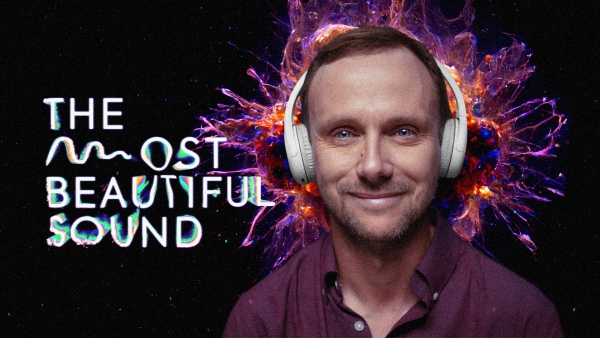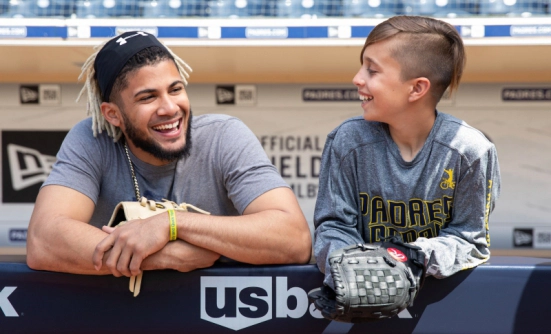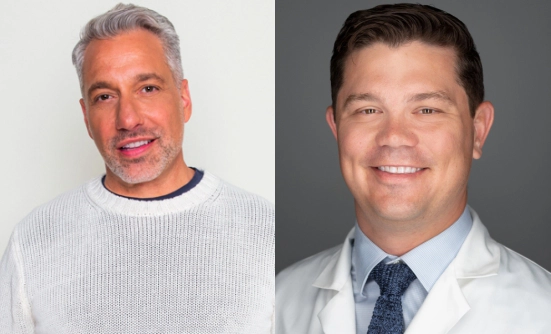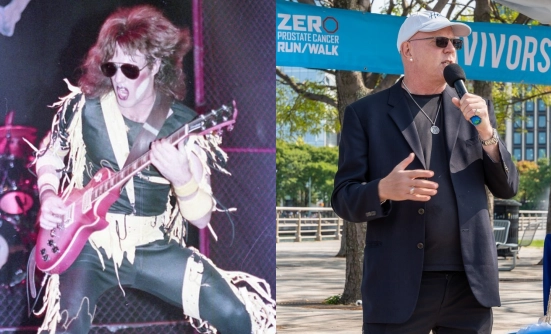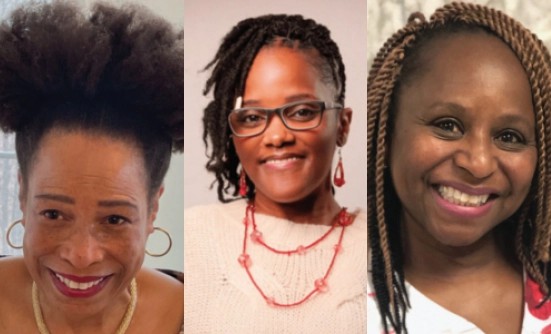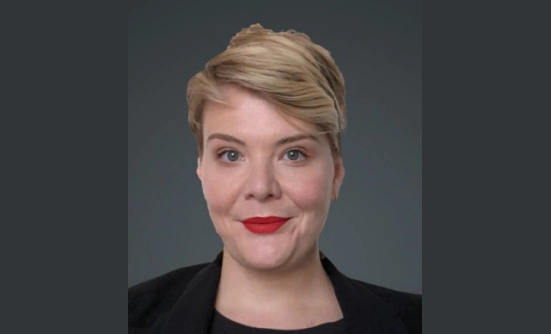Experience The Most Beautiful Sound at themostbeautifulsound.org.
Researchers have achieved the first-ever recording of cancer cells being destroyed, and it has people talking. And listening.
The idea to capture this sound was born several years ago when the team at Grey Group was considering how to make an invisible enemy like cancer more “real.” They asked a simple question, “What if you could actually hear cancer cells being destroyed?” and determined that if a recording of a cancer cell death was possible, it would certainly be the most beautiful sound anyone could hear.
In their quest to make the invisible audible, the team contacted researchers and labs all over the world before finding a partner in Associate Professor Conor L. Evans, PhD, of Harvard Medical School.
To make this recording widely available, they partnered with the American Society of Clinical Oncology (ASCO) and Health@WPP to plan the launch, reveal the sound, and promote a campaign.
While their program has captured the imaginations of the entire oncology community and inspired posts on social media, their goal is to get this sound to the people who need it the most. People affected by cancer.
I had the chance to talk to 3 members of the team, Dr. Conor L. Evans, Ankit Vahia, PhD, and Alice Norcia, who achieved the recording and created the campaign that promotes it; a campaign perfectly named The Most Beautiful Sound. What follows is our thoughtful exchange.
Where did the idea originate to attempt a recording of cancer cells being destroyed?
Dr. Vahia: I think a universal truth for people who have been diagnosed with cancer is that cancer is invisible, it’s isolating, it’s debilitating, and you may have no sense of whether the treatment is working. The question was how can we change an invisible journey?
Can you describe, in layman’s terms, how you achieved the recording?
Dr. Evans: My team developed an imaging technique called Coherent Raman Imaging. We used this method to acquire images of cells at the moment of death. These images were then converted into time-varying signals that Ankit and his team transcribed into sounds that you can hear.
I have to ask, is the sound what you expected?
Dr. Evans: Yes and no. From looking at the signals we collected, I had a rough idea of how the sound could be—how it could potentially reflect cell death. But it really didn’t “click” until Ankit called me up and played the sound for me. That was a very powerful moment.
Can you speak to the importance of this sound and potential of therapeutic value?
Dr Evans: Cancer is frightening, not only for patients, but for their colleagues, friends, and loved ones. The entire process, from diagnosis to treatment, can be abstract, even for those of us who study cancer. It can take away your power and agency. I feel that anything that can make cancer and cancer treatment more tangible has the potential to give people the ability to better understand and internalize the treatment process and hopefully help to restore some of that agency.
Ms. Norcia, you were involved in launching The Most Beautiful Sound campaign. We’re curious how you took this sound and built a campaign around it.
Ms. Norcia: The sound itself is so powerful, we knew we needed a strong campaign to bring it to the world. We videoed people with cancer listening to the sound, and the film beautifully captures the raw emotion of that moment.
This is a complex story to tell, and coordinating timing of the launch was extremely important to ensure it received the attention it deserves. With our partners Health@WPP and ASCO, we officially launched at the ASCO national conference. It was just as impactful as we hoped.
How have people reacted to the sound?
Dr. Vahia: The reactions were startling. We heard comments like, “What a sweet sound of death.” I saw someone post a comment that said, “It’s the sound of the mighty crescendo of hope.” In talking with the founder of Cancer Dojo, he said, “This sound helps you visualize what you’re fighting.” That’s exactly what we wanted to hear.
What are your next steps?
Dr. Vahia: We want to get this to as many people fighting cancer as possible. It’s an open-source sound. We encourage you to download it, listen to it, put it on your iPad, put it on your phone, listen to it in the infusion room. Play it loud.
Adapted from an interview in the Journal of Oncology Navigation & Survivorship.
About the Interviewees
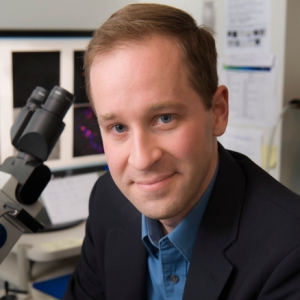
Conor L. Evans, PhD, is an associate professor at the Harvard Medical School, an affiliated faculty member of the Harvard University Biophysics Program, a faculty member of the Laser Biomedical Research Center, and leads his lab at the Wellman Center for Photomedicine at Massachusetts General Hospital.
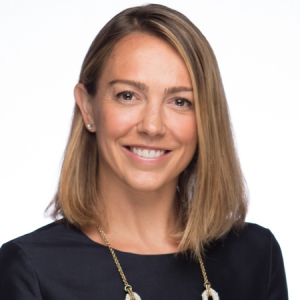
Alice Norcia is the global head of communications at Grey Group, the famously effective
40-studio advertising network behind some of the world’s most influential and memorable
campaigns.
With 15 years as a PR wizard, cultural hijacker, and community creator for clients, including
adidas, Applebee’s, BMW, DoorDash, Modelo, Mountain Dew, Oreo, and UPS, to name a few—
and industry leaders, including The Martin Agency, TBWA\Chiat\Day, Huge, and KBS—she is
now responsible for championing Grey’s global reputation while maintaining a dual focus on
communications and culture inside the flagship New York studio.
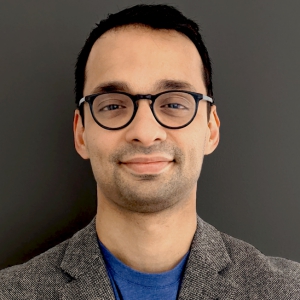
Ankit Vahia, PhD: Before venturing into strategic planning, Ankit Vahia was a cancer researcher— he holds PhDs in molecular biology as well as clinical oncology and hematology. His mastery of the science, combined with passion and empathy, has helped propel Vahia in his new career. Since 2019, he has led the integrated health and wellness strategy team at Grey Group through a period of remarkable growth. He has improved every aspect of the practice from consumer insight and brand positioning to creative development and marketing return on investment.






